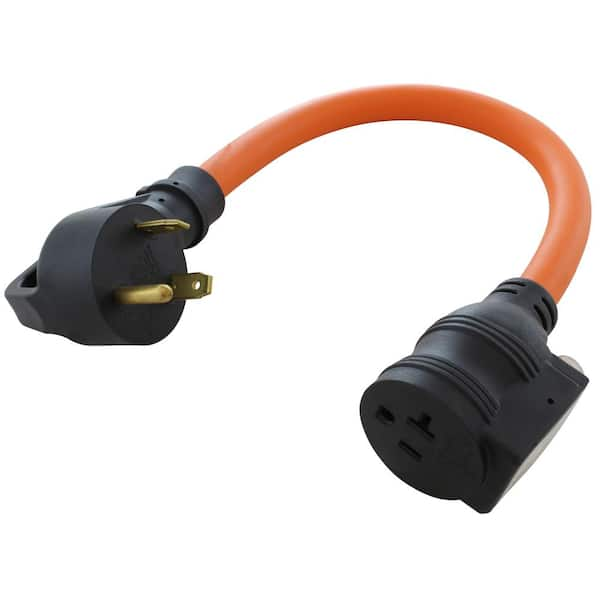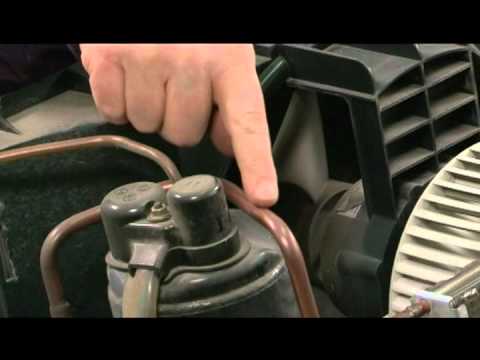Can I Run My Rv Air Conditioner on a 20 Amp Circuit
Yes, you can run your RV air conditioner on a 20 amp circuit. Running your RV air conditioner on a 20 amp circuit is possible and can be convenient when you’re trying to access power at a campground or in a location with limited electrical capacity.
This setup requires a few considerations to ensure the circuit can handle the AC’s power requirements. We will discuss whether a 20 amp circuit is adequate for running your RV air conditioner, what factors to consider, and some tips to help you manage your power usage effectively.
By understanding the limitations and requirements, you can enjoy a cool and comfortable experience while using your air conditioner without worrying about electrical issues.

Credit: www.recpro.com
Understanding The Electric Requirements Of An Rv Air Conditioner
RV air conditioners have specific electrical requirements that need to be understood before determining if you can run it on a 20 amp circuit. There are different types of RV air conditioners available, including rooftop and portable models. These air conditioners typically require 115 volts of power to operate. Rooftop air conditioners often have a higher BTU rating than portable ones, requiring more electrical capacity.
Electrical requirements for RV air conditioners vary depending on the model and the BTU rating. It is important to check the specifications of the air conditioner to determine the specific electrical requirements. Power sources for RV air conditioners can come from either a generator or a shore power connection.
Matching the electrical requirements of your RV air conditioner is important to ensure optimal performance and avoid any damage to the unit. Attempting to run an air conditioner that exceeds the electrical capacity of a 20 amp circuit can lead to tripped breakers, overheating, or even electrical fires. It is always recommended to consult the user manual or a professional to determine if your RV air conditioner can be safely operated on a 20 amp circuit.
Assessing Your Rv’s Electrical System
Determining whether you can run your RV air conditioner on a 20 amp circuit requires assessing the electrical capacity of your RV and the available amps for your air conditioner. RV electrical systems can vary, so understanding the basics is essential. To start, examine the electrical capacity of your RV. This includes the service panel, circuit breakers, and wiring. Look for labels or specifications that indicate the overall electrical capacity. Next, determine the available amps for your air conditioner. This can be found on the unit’s specification plate or manual. Ensure that the available amps match or are below the 20 amp capacity of the circuit you plan to use. It’s crucial to avoid overloading the circuit, as this can lead to tripped breakers or even electrical damage. By carefully assessing your RV’s electrical system, you can make an informed decision on whether running your RV air conditioner on a 20 amp circuit is feasible.
Can A 20 Amp Circuit Handle An Rv Air Conditioner?
Yes, a 20 Amp circuit can handle an RV air conditioner, but it may not provide optimal performance. It is recommended to have at least a 30 Amp circuit for running the air conditioner efficiently.Can a 20 Amp Circuit Handle an RV Air Conditioner?
RV owners often wonder if their air conditioner can run on a 20 amp circuit. To determine this, we need to understand the maximum electrical draw of a typical RV air conditioner. Typically, an RV air conditioner draws around 13-16 amps when running. With a 20 amp circuit, you may think it should be enough. However, it is important to consider other electrical devices that may also be connected to the circuit. Refrigerators, microwaves, and other appliances can add to the overall load. Therefore, it is crucial to calculate the electrical load on the circuit accurately.
Operating an RV air conditioner on a 20 amp circuit can have potential risks and consequences. Overloading the circuit can cause it to trip, resulting in a loss of power. This can be inconvenient, especially during hot summer days when you rely on the air conditioner for comfort. Moreover, constant tripping of the circuit can lead to damage or fire hazards.
In conclusion, while it may be possible to run an RV air conditioner on a 20 amp circuit, it is important to assess the total electrical load and potential risks involved. Consider consulting a professional electrician to ensure your RV’s electrical system can handle the load safely.
Upgrading The Electrical System For Your Rv Air Conditioner
To determine whether you can run your RV air conditioner on a 20 amp circuit, evaluating the need for an electrical upgrade is crucial. Start by assessing the capacity of your current electrical system and confirming that it meets the power requirements of your air conditioner. If your RV’s electrical system is unable to supply sufficient amps, consider increasing the available amps for your air conditioner. This may involve hiring a professional electrician to install a new circuit or upgrade your existing electrical panel. Upgrading ensures that your air conditioner receives the necessary power, preventing overloading and potential damage to the system. Remember to consult an electrician to determine the specific requirements of your RV air conditioner and get expert advice on the best course of action for your electrical upgrade.
Alternative Cooling Solutions For Rvs With Limited Electrical Capacity
RV owners often face the challenge of running their air conditioners on a limited 20 Amp circuit. However, there are alternative cooling solutions that can help overcome this challenge. One option is to use a portable air conditioner, specifically designed to work efficiently in small spaces. With their energy-saving features, these units can provide adequate cooling without overloading the electrical system of your RV.
Another alternative is to use a generator to power your air conditioner. A portable generator with a higher Amp capacity can provide the necessary electricity for running your RV’s air conditioner, allowing you to enjoy a comfortable indoor temperature while on the road.
Tips For Optimizing Your Rv’s Energy Usage
Running an RV air conditioner on a 20 Amp circuit may pose some challenges, but with careful energy management, it is possible. Here are some tips to optimize your RV’s energy usage and efficiently run the air conditioner:
- Ensure proper insulation and ventilation techniques inside the RV to keep the cool air in and hot air out.
- Utilize shade and external cooling methods like reflective window coverings or awnings to reduce reliance on the air conditioner.
- Consider using a fan to circulate cool air more effectively throughout the RV.
- Reduce unnecessary power consumption by turning off lights, appliances, and devices not in use.
- When using other power-intensive gadgets, such as a microwave, consider turning off the air conditioner temporarily.
- Regularly clean or replace air filters to ensure optimal airflow and energy efficiency.
By implementing these energy-saving practices, you can effectively run your RV air conditioner on a 20 Amp circuit without major issues. Remember to adjust your usage based on the available power and be mindful of your overall energy consumption.
Frequently Asked Questions For Can I Run My Rv Air Conditioner On A 20 Amp Circuit
Can I Run My Rv Air Conditioner On A 20 Amp Circuit?
Yes, you can run your RV air conditioner on a 20 amp circuit, but it may not be ideal. A typical RV air conditioner requires a 30 amp circuit to function efficiently. Running it on a 20 amp circuit may cause the breaker to trip frequently.
It’s recommended to upgrade to a 30 amp circuit for better performance.
Conclusion
Running an RV air conditioner on a 20 amp circuit is possible, but it may not provide optimal performance. It’s crucial to consider the electrical demand of the appliance and capacity of the circuit before attempting to use it. If you encounter issues such as circuit tripping or low cooling power, it’s advisable to seek professional assistance or consider upgrading to a higher amp circuit for a more efficient operation.
Remember, safety should always be a top priority when dealing with electrical appliances.







